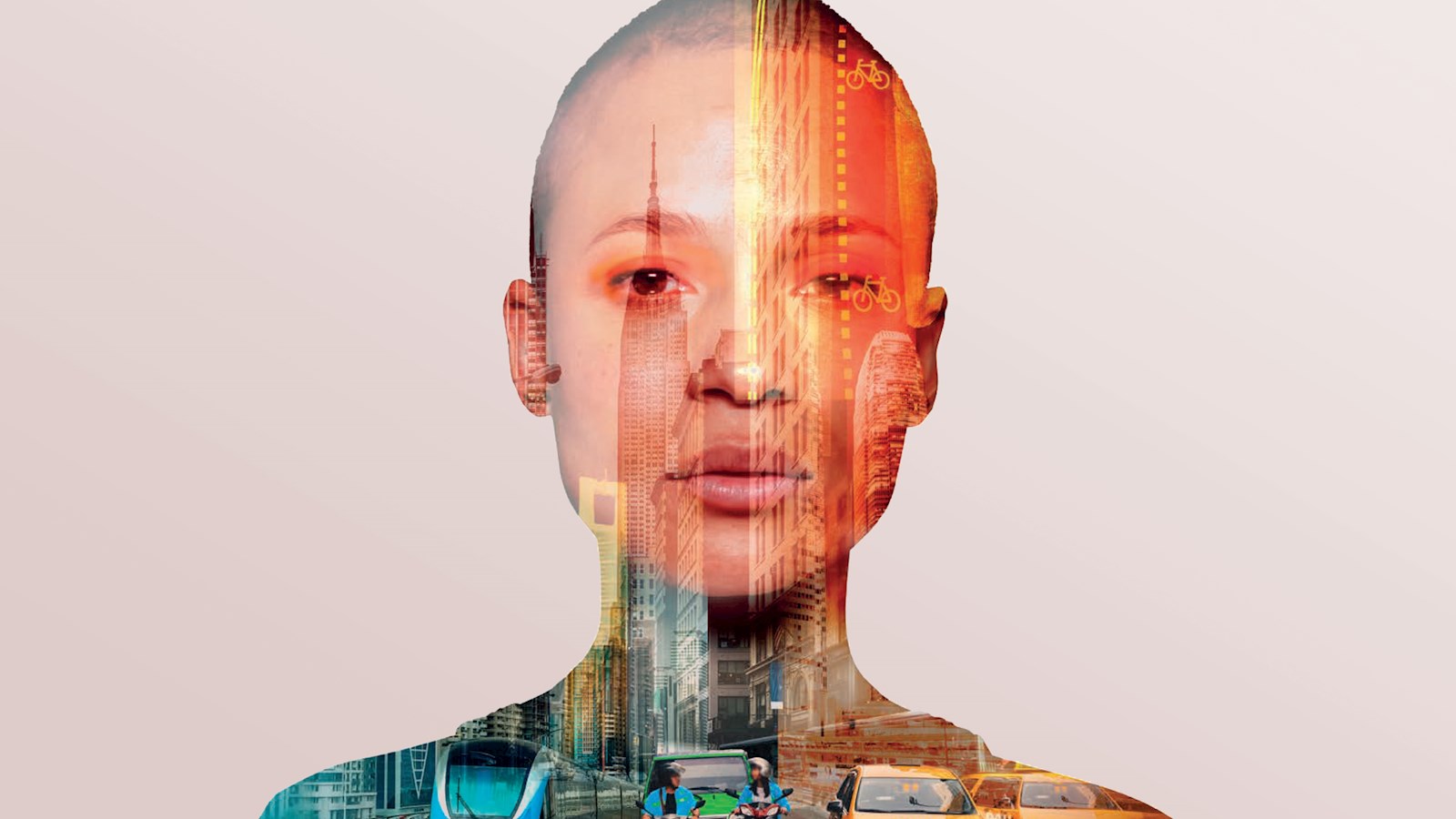
Mobility Futures
Transportation will be defined by the world's great cities
For much of the past half century, many of the improvements to transport have been gradual, and have been focused on increasing the capacity of existing infrastructure to meet growing demand. Yet today, radical new technologies are emerging that within a generation will transform everyday journeys.
Transportation plays an essential enabling role in a city’s sustained economic prosperity. The great cities of the world are energising and challenging places to live. One of those challenges is how people travel to, across and within the urban landscape.
As populations grow and the pace of life intensifies, a city’s level of mobility needs to increase. Its citizens demand more convenient and efficient ways to travel.
Our analysis of behavioural change over the past two years, and of people’s intentions for the coming five, shows an increasing appetite for cross-city travel alongside a change in requirements – with more leisure-based trips envisaged as commuter levels drop due to remote working.
Although people appreciate the environmental need to limit the use of cars for personal transport, they still feel there are reasons that justify driving such as convenience, safety and accessibility. Particularly in the emerging cities, there is a strong emotional connection with the car as a symbol of status and success.
So, it falls to the cities themselves to design, implement and promote genuine alternatives. They need to create the environment and the positive conditions that motivate the population to change its behaviour. While enabling start-ups to offer new services and products, that also demonstrates how industry players can stay relevant by developing their own new products, offers and services.
The future of mobility will be shaped in the great cities of the world – but only if it is shaped by the great cities. Their citizens will not act alone.
To achieve meaningful behavioural change, strong, sustainable initiatives must be established. They must also be integrated across the entire mobility ecosystem, with public/private collaboration to find the best solutions and alternatives to the car.
Today’s situation, tomorrow’s opportunities
To better understand today’s challenges and uncover tomorrow’s opportunities for mobility players and municipalities, we’ve talked with 20,000 people across 31 cities.
This allowed us to create comparative rankings taking into account a wide range of factors including affordability, congestion levels and the availability of public transport. This data was then supplemented with interview responses from city dwellers, exploring their current travel experiences, their desired modes of transport and the emotions they attach to each one.
We presented the findings to 53 of the world’s leading mobility experts, asking them to interpret the results and predict the likely impact by 2030. A link to the full report can be found at the end of this article.
Why change?
The underlying context of today’s mobility landscape is a complex and interwoven.
Aside from the personal circumstances and motivations of travellers, other factors impact the mobility options available:
Economic: Employment investment is centred in the places with the most capable, most available workforces. This drives urbanisation and in turn, necessitates delay-free commuting.
Ecological: Improving mobility infrastructure helps cities to address environmental issues.
Technological: Innovations will replace significant parts of established, traditional systems.
Political: Authorities with regulatory power have the ability to influence mobility behaviour.
Socio-cultural: As behaviour evolves, cities will adopt new mobility business models.
Key findings:
- People are ready for change. There’s a large proportion of every city’s population that is hungry for convenient, individually-optimised travel.
- Travel choices are emotional. People are more likely to use modes of transport that bring a little bit of delight into their daily commute and become a lifestyle choice rather than just a way to get around.
- All cities are different. By reaching out to the cities with best practice mobility, less well-resourced governments and municipalities can minimise up-front spend to avoid a costly trial-and-error approach. Collective thinking can deliver relevant, personalised solutions that tackle the specific challenges of each city.
- Sharing is transformative. Identifying the cities most receptive to partnering gives Original Equipment Manufacturers (OEMs) extra confidence in working with local authorities or innovative service providers when launching their own initiatives.
For more in-depth insight and analysis read Kantar's Mobility Futures report
published on
04 December 2019
Category
More in Experience

Let’s add audio for visually impaired audiences
How to make advertising more accessible for visually impaired audiences

The Future 100: wellbeing, humanity, emotion and tech
This annual trend spotter – by WPP’s VML – gives us the context for the new normal for marketing in 2024.

Activating sports events – the ultimate balancing act
WPP Sports Practice takes a look at the art of timing for sports event activation

